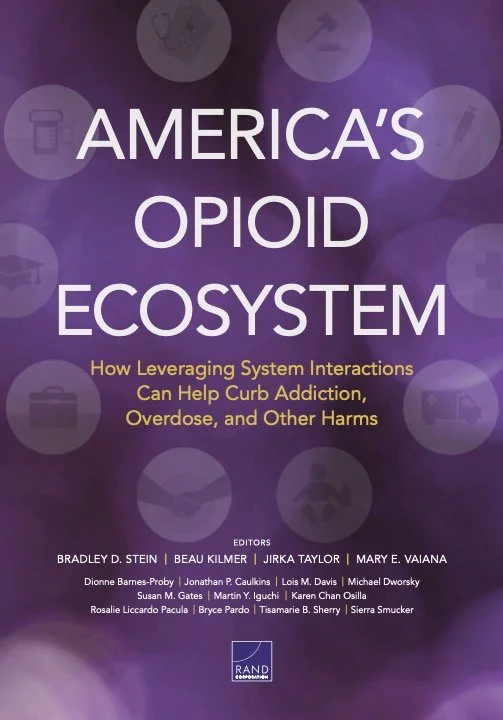By The Congressional Budget Office
The United States has been experiencing an opioid crisis since the mid-1990s, and opioids have had a significant effect on public health and on the nation’s economic and social outcomes. In this report, the Congressional Budget Office examines the consequences and timeline of the crisis, the contributing factors and federal responses to it, and the effects of the coronavirus pandemic on the crisis.
Deaths. More than 500,000 opioid-involved deaths have occurred since 2000, and the United States has the world’s highest number of opioid-involved deaths per capita. Although federal funding to address the opioid crisis has increased in recent years, opioid overdose mortality has increased as well. Deaths from opioid-involved overdoses were among the leading causes of death in 2020.
Health and Other Effects. The use and misuse of opioids can result in serious health effects: People with certain harmful behaviors that result from opioid misuse—such as an increase in the amount and frequency of opioid use or failure to fulfill major responsibilities at work, home, or school—have opioid use disorder (OUD), which can affect people’s participation in the labor force and their ability to care for their children. Treatment for OUD is used far less than behavioral health professionals recommend.
Changes Over Time. The opioid crisis has occurred in waves distinguished by the different types of opioids involved in overdose deaths and the use of opioids in combination with other drugs.
Contributing Factors. A rise in opioid prescribing, changes in illegal opioid markets, and greater demand for opioids due to worsening economic and social conditions for certain populations are key contributors to the crisis.
Federal Laws. Between 2016 and 2018, three laws enacted in response to the crisis aimed to lower the demand for and supply of opioids and to reduce their harm. The funding in those laws complemented annual appropriations to agencies tasked with responding to substance use disorder, including opioid use disorder.
The Crisis After the Enactment of the Laws and During the Pandemic. Opioid-involved deaths continued to increase after the laws were enacted—initially more slowly than in preceding years but then more rapidly during the pandemic. Opioid misuse increased during the pandemic as people experienced worsened mental health, more social isolation, greater job losses, and reduced access to treatment. In addition, the use of more potent synthetic opioids led to a sharp increase in overdose deaths. The pandemic and other factors have made it difficult to isolate the effect of the laws on the opioid crisis.
Washington, DC: CBO, 2022. 38p.




















